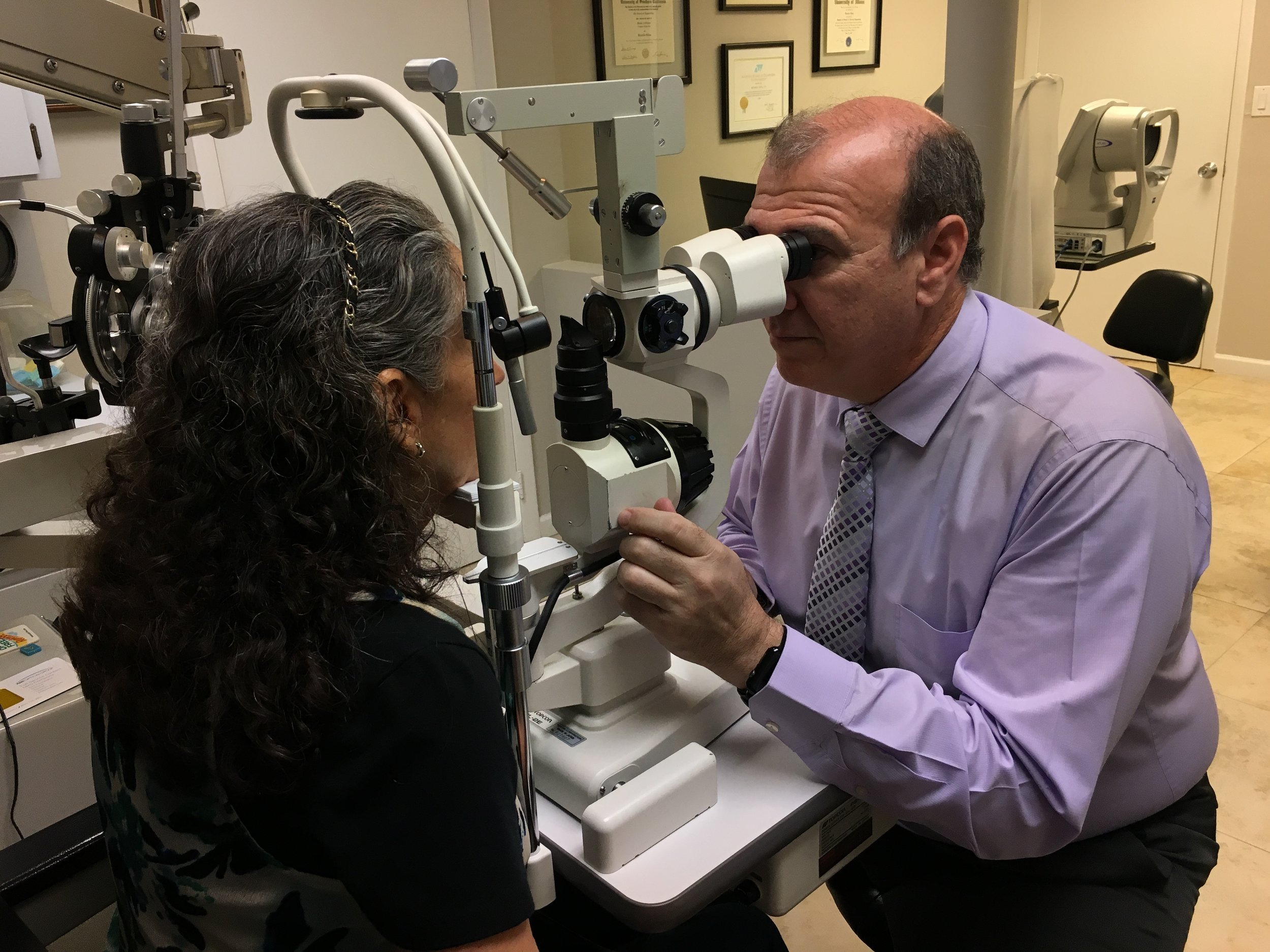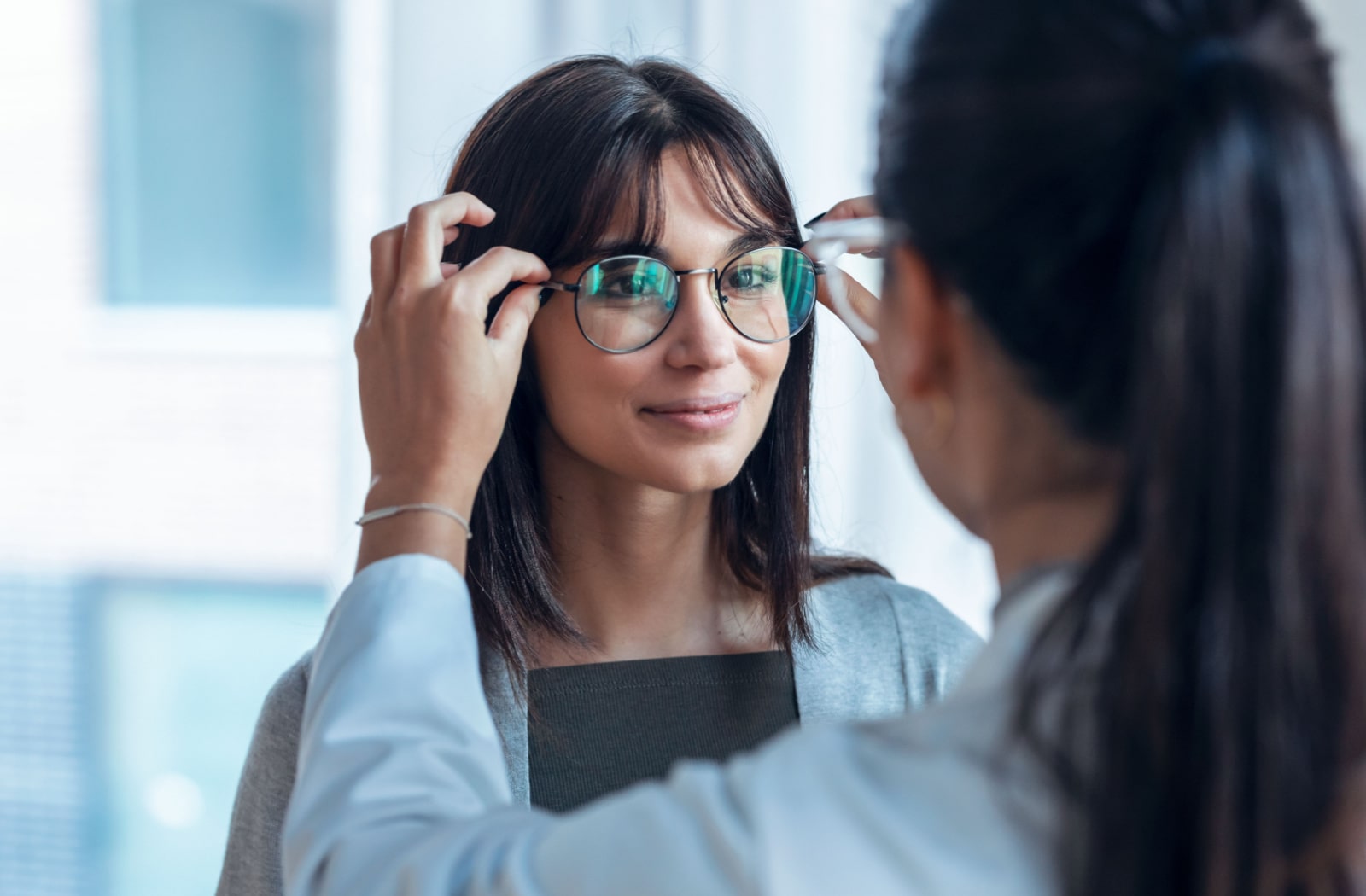How an Eye Doctor Can Help Avoid Vision Problems in Chino
How an Eye Doctor Can Help Avoid Vision Problems in Chino
Blog Article
Exploring the most up to date Technological Advancements in Optometry and What They Mean for Eye Doctors
In the ever-evolving field of optometry, recent technical advancements are improving exactly how experts approach eye treatment. From the precision of Optical Coherence Tomography to the nuanced insights supplied by AI-driven diagnostic devices, these innovations are establishing new requirements in client analysis and treatment. Teleoptometry is poised to redefine accessibility, ensuring that proficiency transcends geographical limitations. As these developments permeate the method, eye doctors are confronted with the challenge of accepting these devices to boost patient results. The question stays: just how will these technological shifts redefine the duties and obligations within the career?
Advancements in Diagnostic Tools
Progressing the area of optometry, advancements in analysis devices have actually transformed the means eye care specialists examine and diagnose eye conditions and aesthetic disabilities. The past decade has actually experienced substantial technical improvements, enabling even more exact and extensive evaluations.
Another key development is the intro of advanced corneal topography systems, which map the surface area curvature of the cornea with precision. These tools are particularly valuable for suitable get in touch with lenses and identifying corneal problems. Digital retinal imaging has actually transformed conventional ophthalmoscopy, using in-depth, breathtaking views of the retina that help with detailed aesthetic examinations.
The development of wavefront aberrometry has actually additionally been vital, making it possible for the evaluation of refractive errors with unmatched precision (Eye Doctor). This innovation assists in tailoring corrective lenses and improving surgical end results for refractive surgical procedures. Jointly, these analysis developments empower eye doctors to provide superior individual care, making certain very early treatment and customized treatment strategies, inevitably improving aesthetic health results
AI in Patient Administration
Building on the structure of sophisticated analysis tools, the consolidation of synthetic knowledge (AI) in individual management stands for a transformative leap for optometry. AI systems are significantly used to enhance effectiveness, precision, and customization in person treatment. By assessing substantial quantities of information, AI can identify patterns and anticipate potential eye problems, making it possible for optometrists to customize interventions extra efficiently. This capacity is important in handling chronic eye conditions such as glaucoma and diabetic retinopathy, where very early detection and constant surveillance are essential.
Additionally, AI-driven platforms help with streamlined patient interactions and management processes. Automated scheduling, digital examinations, and customized follow-up strategies not only boost patient fulfillment yet also enhance time monitoring for specialists. These systems can triage patients based upon the seriousness of their conditions, making certain that those in important requirement get punctual focus.
Furthermore, AI enhances decision-making by offering eye doctors with evidence-based recommendations and therapy pathways. By integrating information from electronic wellness documents, AI devices provide insights that educate scientific choices, reducing the danger of errors and improving client end results. As AI continues to advance, its function in client administration will likely increase, reshaping the landscape of optometric care.
Developments in Retinal Imaging
In the realm of optometry, retinal imaging has witnessed remarkable technical developments that are enhancing analysis abilities and patient care. Innovations such as Optical Comprehensibility Tomography (OCT) and fundus digital photography have actually transformed how eye doctors visualize and examine the retina. OCT, particularly, supplies high-resolution, cross-sectional photos of the retina, enabling the in-depth evaluation of its layers. This capacity is very useful for early detection and management of conditions like glaucoma, diabetic retinopathy, and age-related macular degeneration.
Improved imaging techniques like OCT angiography are further refining diagnostic precision. This non-invasive strategy maps blood circulation in the retina, providing crucial understandings right into vascular health and wellness without home the requirement for dye injections. In addition, adaptive optics technology is being integrated into retinal imaging systems to deal with ocular aberrations, delivering extraordinary picture quality. Such advancements promote the recognition of minute retinal adjustments that can represent illness progression.
Furthermore, innovations in expert system are boosting retinal imaging by making it possible for computerized analysis of large datasets. These systems aid optometrists in recognizing patterns a sign of pathology, thereby improving diagnostic precision and effectiveness. Collectively, these technologies are changing retinal imaging right into a cornerstone of contemporary eye care, boosting results and broadening healing possibilities.
Teleoptometry's Expanding Duty
Teleoptometry is increasingly ending up being an essential part of eye care, driven by improvements in electronic interaction and analysis devices. This is especially helpful in underserved and rural areas where access to specialized eye care is commonly limited.
The combination of artificial knowledge (AI) further enhances teleoptometry, making it possible for the analysis of visual information and aiding in the discovery of eye problems such as glaucoma and diabetic person retinopathy. AI-powered algorithms can quickly interpret complex imaging data, supplying optometrists with valuable understandings that reinforce clinical decision-making.
Moreover, teleoptometry supports continuity of care with seamless assimilation with electronic health records (EHRs), permitting optometrists to preserve extensive person histories. When seeking advice from with different professionals., this guarantees that patients get regular and individualized treatment even.
In spite of these benefits, challenges stay, consisting of guaranteeing information safety and managing client expectations. However, teleoptometry represents a significant stride towards more available, efficient, and patient-centered eye treatment. As modern technology develops, its role is positioned to expand further.

Future Fads in Eye Care
A myriad of innovative fads is set to improve the future of eye care, driven by technological advancements and the developing demands of patients. One considerable pattern is the integration of fabricated Opticore Optometry knowledge (AI) in diagnostics, which promises to improve the accuracy and performance of eye examinations. AI formulas can examine substantial amounts of information from retinal images, potentially spotting conditions like diabetic person retinopathy and glaucoma earlier than conventional approaches.
In addition, tailored medication is acquiring traction in optometry, with hereditary testing notifying customized therapy strategies. This method aims to maximize client outcomes by customizing interventions to specific genetic profiles. Wearable innovation, such as clever get in touch with lenses, is also imminent, providing real-time monitoring of intraocular pressure or glucose levels, hence giving continuous insights right into systemic and eye health and wellness.
The fostering of enhanced truth (AR) and online truth (VIRTUAL REALITY) in training and patient education is another emerging trend. These modern technologies use immersive experiences that can improve understanding and skills both for optometrists and people. As these trends progress, eye doctors must remain abreast of technical developments to give advanced care, guaranteeing better client end results and satisfaction in the vibrant landscape of eye treatment.
Final Thought

Jointly, these analysis innovations equip optometrists to deliver exceptional read individual care, making sure early intervention and tailored therapy approaches, eventually improving visual health and wellness end results.

As these technologies proceed to progress, eye doctors should adapt and incorporate them right into technique, eventually enhancing workflow effectiveness and boosting the requirement of eye treatment supplied to people.
Report this page